Clinical neuropsychologist David de Noreña answers questions about his presentation Non-pharmacological approach to the agitated neurological patient given on January 18 at NeuronUP Academy.
Questions about David de Noreña’s presentation Non-pharmacological approach to the agitated neurological patient
1. Yolanda Higueras: In the case of patients with language comprehension disorders, what non-verbal tools could we use? Which would be the most effective? Thank you David, super interesting and I completely agree with Mafalda!
At a preventive level (background review) there are many things we could do even if there are language impairments. For example, establish routines that allow the patient to anticipate what will happen next, provide cognitive stimulation –and social– minimal, make sure there is no pain, discomfort, hunger, etc. that could be conditioning the behavior.
Obviously, language impairments (or their absence) will make it more difficult to communicate intentions when we intervene (that is, to explain the guidelines and the behavior modification program) and will also reduce the patient’s capacity for self-regulation.
2. Beatriz Moreno: A specific case comes to mind from the care home where I work. What to do when the patient has hearing problems, understands what is explained to them, cannot express their needs, and also does not participate in activities that would help prevent these agitated behaviors? Thank you very much, I loved the webinar!
As I mentioned to another colleague of yours, at a preventive level (background review) there are many things we could do even if there are language impairments or hearing problems like the ones you describe. For example, establish routines that allow the patient to anticipate what will happen next, provide cognitive stimulation –and social– minimal, make sure there is no pain, discomfort, hunger, etc. that may be conditioning the behavior.
In a case like the one you describe, furthermore, it would be important, in addition to the background review, to have some type of operant program (e.g.: differential reinforcement each time they participate, remain in a certain place, etc.)
3. Abigail Mariscal: I’m interested in learning about prevention strategies; is there any material I can read?
https://consaludmental.org/publicaciones/Apoyoconductualpositivo.pdf
http://riberdis.cedd.net/handle/11181/3404
4. Verónica Alonso: How should we act when the patient wakes up agitated during the night?
As I noted in the talk, although the approach is different for each case, there is something we should try to do with all patients, which is to understand what is causing the agitation (whether or not they can communicate it).
Generally, nocturnal agitation will be conditioned by disorientation, so it would be very necessary to to calm the patient and orient them as to where they are, which is what we are going to do next, etc.), as long as we rule out other more “physiological” causes (e.g.: pain, discomfort, etc.).
5. Julen Chato Noriega: For patients with psychiatric disorders in middle age who escalate when extinction is applied, do you have any advice? Thanks!
When we encounter a patient with challenging behaviors like the one you mention, we will need to carry out a good functional analysis to determine both the usual triggers (e.g.: people, contexts, etc.) and possible reinforcers of the behavior (e.g.: the laughter or attention of other patients, the reprimand from the caregiver, etc.) Only then will we be able to use the most appropriate techniques in each case. Extinction, as I mentioned in the talk, should not be applied to potentially harmful behaviors, which will require other operant techniques (e.g.: response cost).
6. Carlos Corzo: Good afternoon and thank you for the webinar. What happens when we are faced with cases that are more cognitively preserved (more chronic brain damage), have greater autonomy (lives alone), are oriented, but suffer from significant dysexecutive problems and difficulties in regulating aggressiveness? What guidelines could be applicable or what other approach, beyond pharmacological, could help?
As I mentioned in the talk, the main tools of the neuropsychologist will be the cognitive assessment, on the one hand, and functional analysis, on the other. That is, we should assess in which contexts the behavior occurs and how frequently (e.g.: with which people, in response to what demands) and what factors may maintain it (e.g.: requests that are no longer made that he dislikes, obtains social attention, etc.)
The approach will, of course, be behavioral, but we should also be able to combine it, in a case like the one you describe, with an training in techniques to regulate irritability (e.g.: relaxation techniques) and work on awareness of the difficulties and of the implications of the behaviors with the patient themselves, to increase their cooperation.
Below, I give you a link to a fairly accessible manual that may give you some clues on how to address certain cognitive and behavioral problems: http://riberdis.cedd.net/handle/11181/3404
7. Daira García: Good afternoon, thank you for your presentation. My question is the following: Do you consider that some of the activities you mentioned, such as getting sunlight or walking, are (in some cases) more beneficial than a pharmacological treatment? Or would they be more of a preventive alternative?
It’s a good question, and it has a difficult answer. My approach is that it will depend on each case. In general terms, however, I believe the ethical approach is to start with less invasive techniques or procedures such as behavioral ones and, when these are not sufficient, pharmacological treatment will help.
8. Verónica Sánchez: How should one act during a panic attack? And how to help contain anxiety symptoms?
The most honest answer is that it will depend on each patient’s cognitive situation. In the face of a panic attack, above all we must prevent the patient from harming themselves or further increasing their anxiety, and that usually involves staying with them, trying to calm them and gently guiding them so they reduce their agitation at that moment. For example, asking them to breathe slowly, giving them a glass of water, allowing them to move a little, etc.
As for anxiety, there are many techniques we can teach the patient, from abdominal breathing to progressive relaxation, and others related to mindfulness. However, as I mentioned, it will depend on each patient and their cognitive situation.
9. Nastra Ares: Very interesting everything you’ve said. You’ve mentioned daily physical activity to prevent agitation; also cognitive activities?
Of course, stimulating the patient with cognitive activities or with moments of interaction with other people will improve their satisfaction and participation and, therefore, help reduce problematic behaviors.
It is true that physical activity, which can be carried out even with severely impaired patients, incorporates an irreplaceable component that generally implies a reduction of internal tension and is therefore very useful in patients who show psychomotor restlessness or tend to wander or self-stimulate with stereotyped movements.
If you liked this post about the questions from the presentation Non-pharmacological approach to the agitated neurological patient by David De Noreña, you will surely also be interested in this information:
“This article has been translated. Link to the original article in Spanish:”
Abordaje no farmacológico del paciente neurológico agitado: David De Noreña responde a las dudas


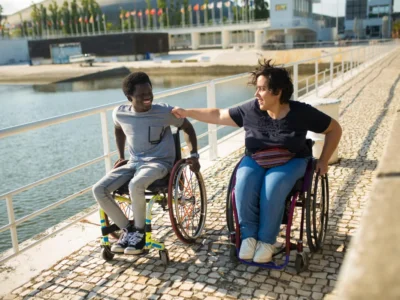
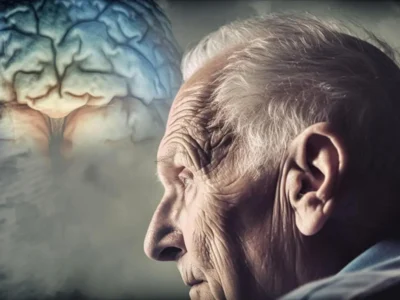
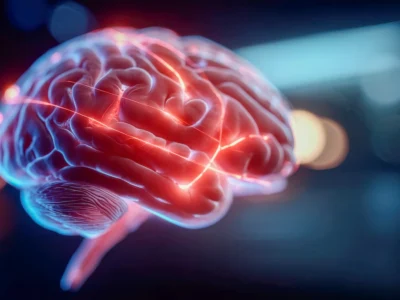
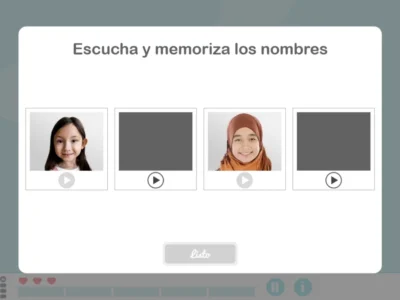

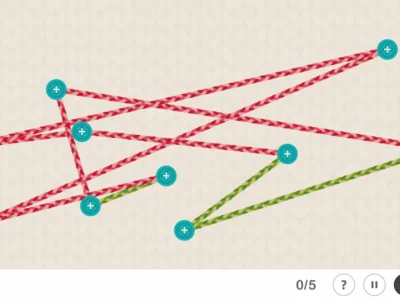
 The Prevention of Cognitive Decline in a Healthy Population
The Prevention of Cognitive Decline in a Healthy Population
Leave a Reply